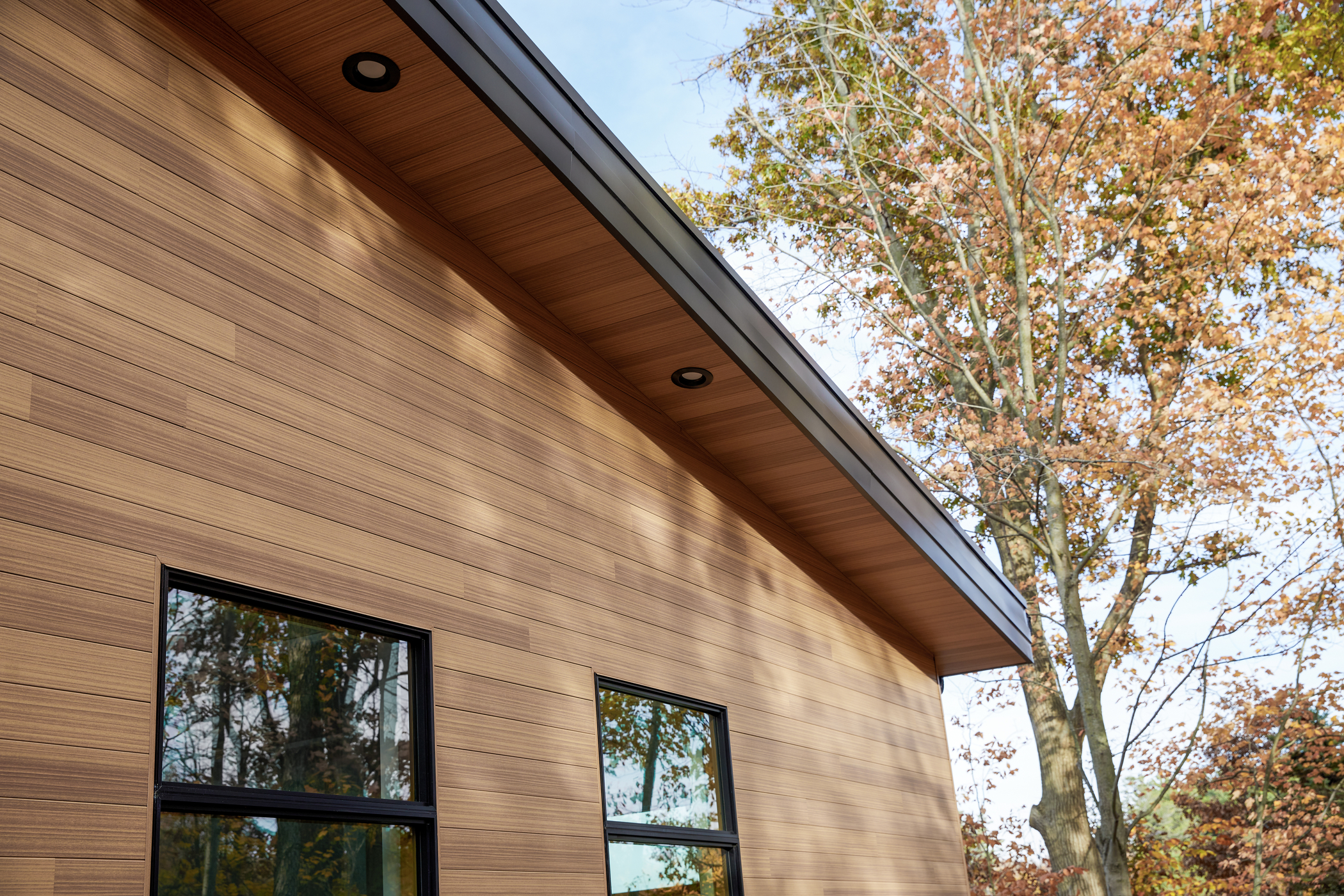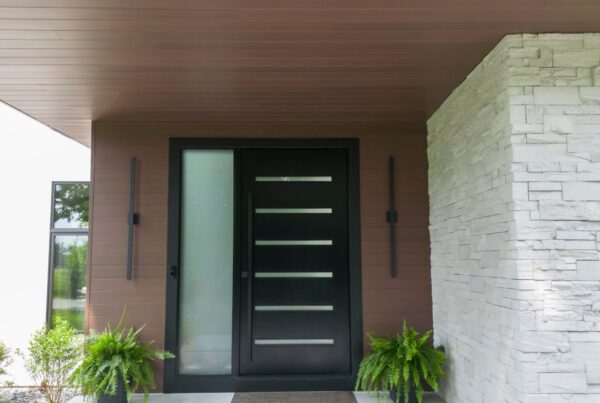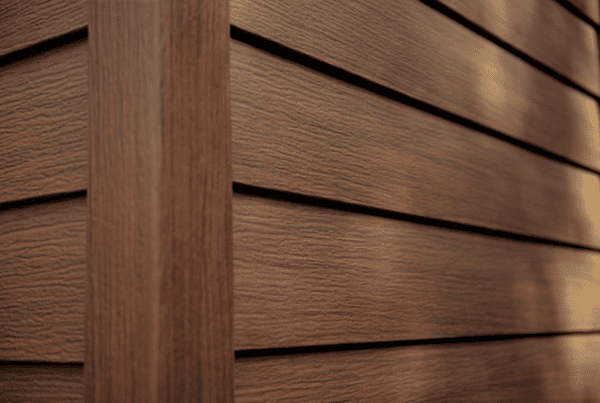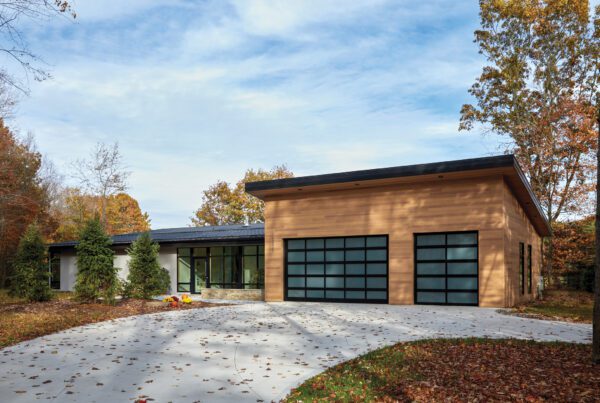Why Steel Siding Belongs in Your Toolkit
Homeowners look to contractors and architects for guidance on one of the biggest exterior decisions they’ll make: siding. They want something beautiful, durable, and cost-effective. You want a product that installs efficiently, reduces callbacks, and enhances your reputation.
Steel siding answers both needs. With decades of lifespan, a wide range of design options, and factory-finished colors that don’t need repainting, it has become the professional choice for high-performance projects.
The Core Benefits of Steel Siding
Durability That Lasts
- Impact resistant: Withstands hail, jobsite bumps, and daily wear.
- Weatherproof: Won’t swell, buckle, or warp under extreme temperatures.
- Fire resistant: Non-combustible compared to vinyl or wood.
- Fade resistant: Oven-fused finishes keep colors looking fresh.
Lower Maintenance
Homeowners want curb appeal without endless upkeep. Steel siding requires only occasional rinsing, eliminating repainting or staining cycles common with wood or fiber cement.
Long-Term Value
While the upfront cost may exceed vinyl, steel siding can last 40–70 years. Backed by 50-year transferable warranties, it delivers a better lifecycle value for clients—and fewer headaches for builders.
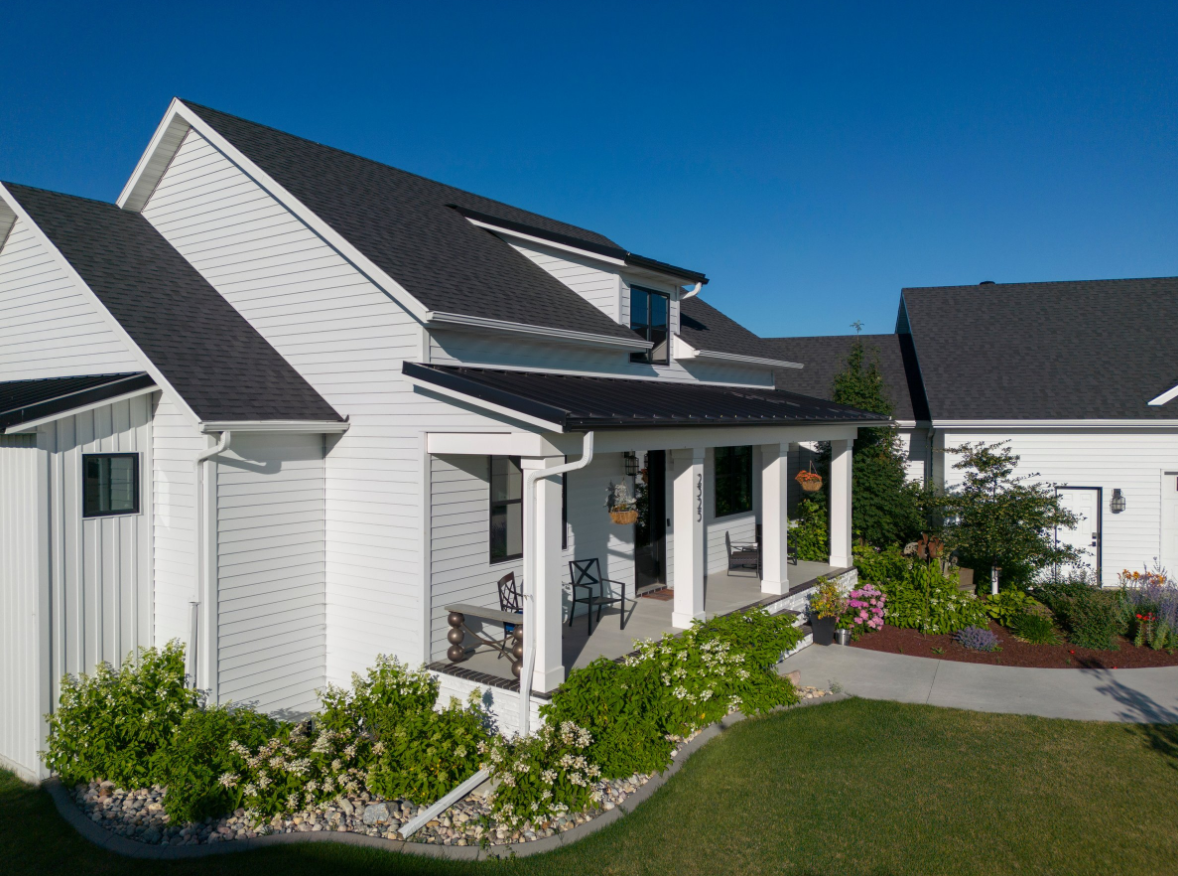
Profiles and Design Options
One of the myths contractors encounter is that steel siding is “all the same.” In reality, today’s profiles rival any other material for flexibility.
- Lap siding for timeless curb appeal.
- Board and batten for farmhouse and modern builds.
- Shiplap and smooth planks for contemporary lines.
- Accent panels for detail work.
- Woodgrain finishes that replicate cedar, oak, and pine.
Between TruCedar Steel Siding and Vesta Plank Steel Siding, contractors can meet client demands ranging from rustic to cutting-edge modern.
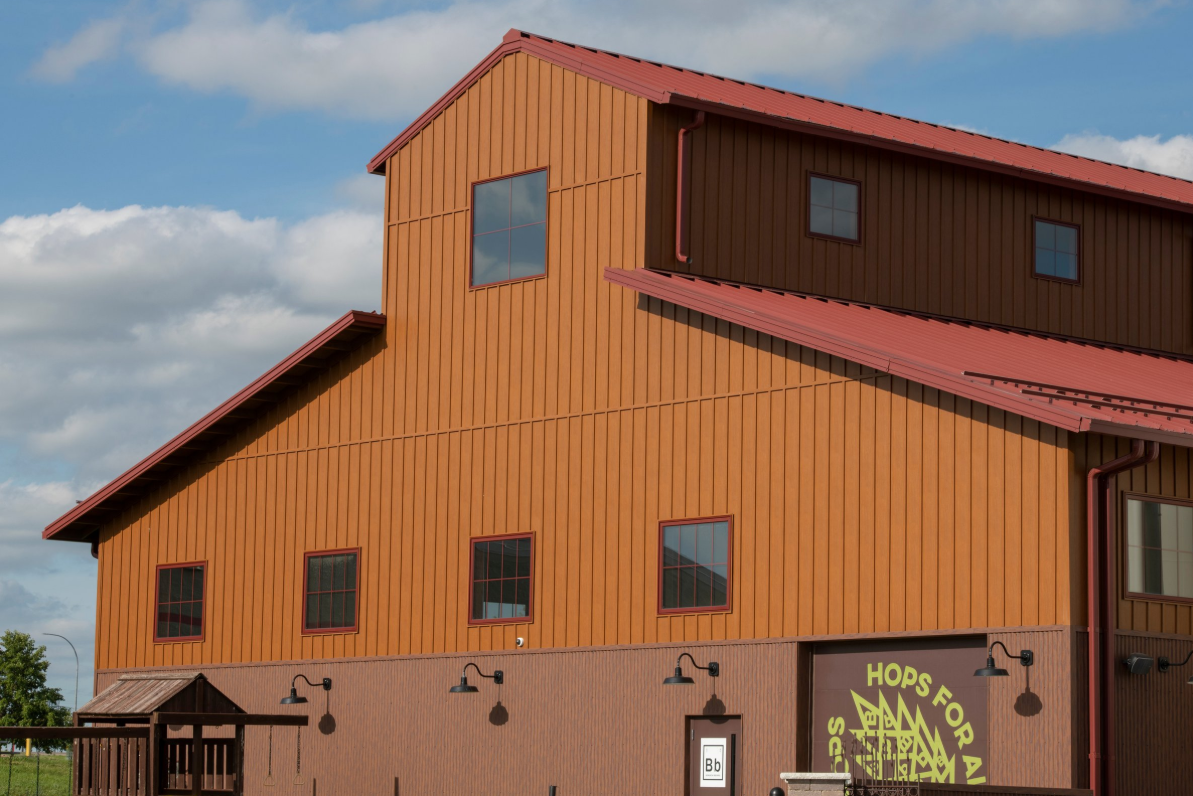
Installation Advantages for Professionals
Rigidity and Consistency
Steel siding panels hold their shape during handling and install, eliminating the warping and brittleness of vinyl or wood.
Lighter Than Cement
Steel is strong yet lighter than fiber cement, making it easier to handle and reducing labor strain.
Safer to Cut
Steel avoids the silica dust hazards of cutting cement products. With the right shears or blades, cuts are clean and precise.
System Accessories
A siding project is only as strong as its details. Quality Edge’s siding and trim accessories—from starter strips to flashing—streamline installs and ensure long-term performance.
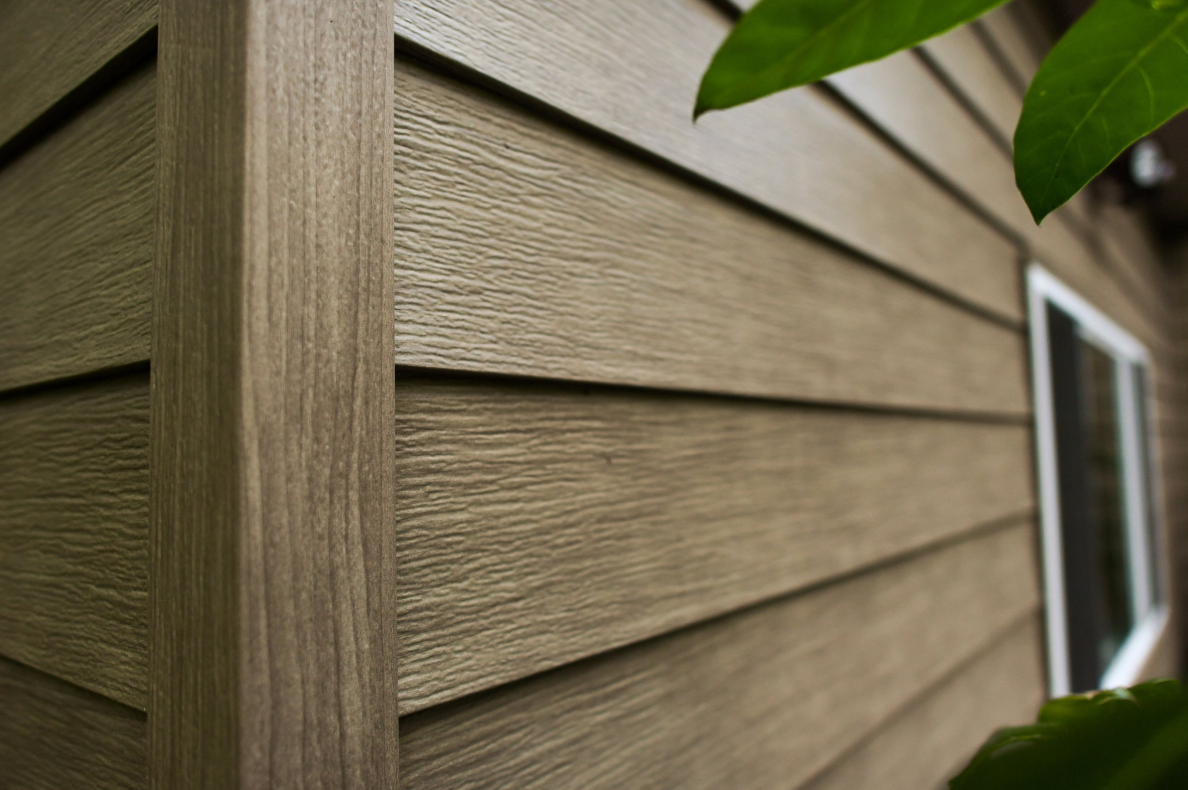
Steel vs. Other Materials
Vinyl
- Pros: Low cost, lightweight.
- Cons: Fades, cracks, warps, short lifespan.
- Professional verdict: Fine for budget projects, but weak long-term.
Fiber Cement
- Pros: Stronger than vinyl, fire-resistant.
- Cons: Heavy, brittle, requires repainting, silica dust at install.
- Professional verdict: Durable but labor-intensive and maintenance-heavy.
Wood
- Pros: Natural beauty, customizable.
- Cons: High maintenance, rot, pests, fire risk, short lifespan.
- Professional verdict: Gorgeous but costly over time.
Steel
- Pros: Durable, low maintenance, sustainable, fire-resistant, design-flexible.
- Cons: Higher upfront cost.
Professional verdict: Best balance of style, performance, and lifecycle value.
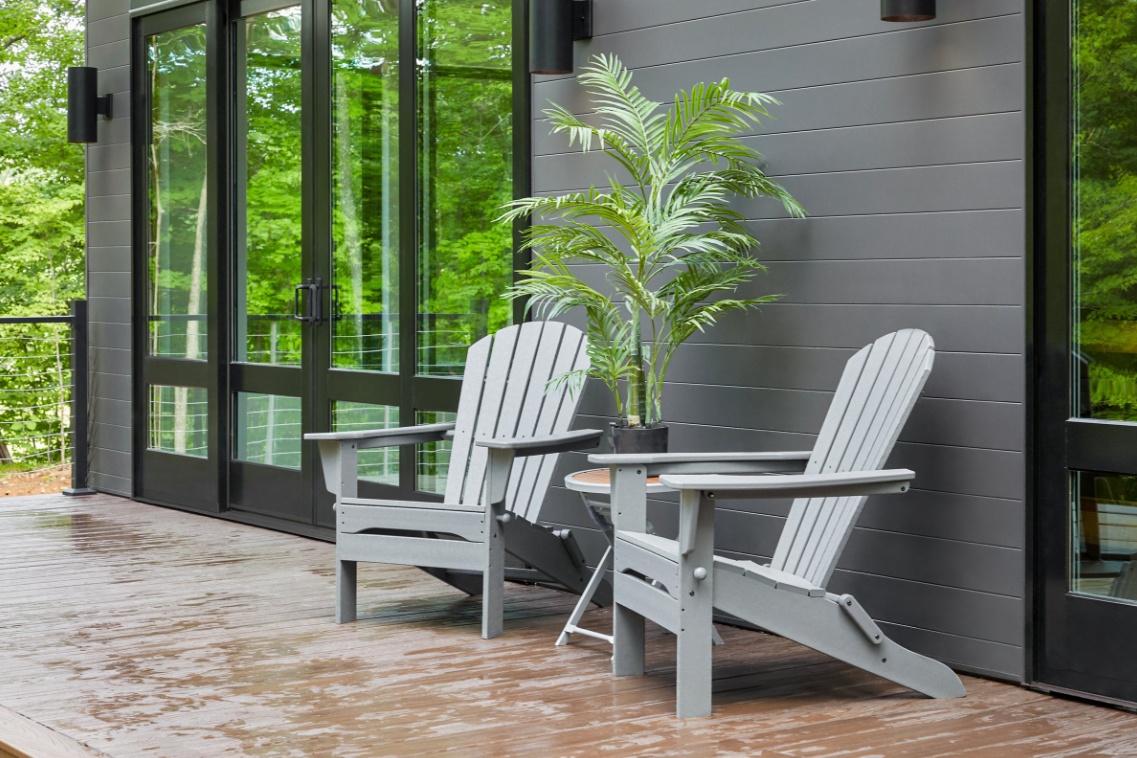
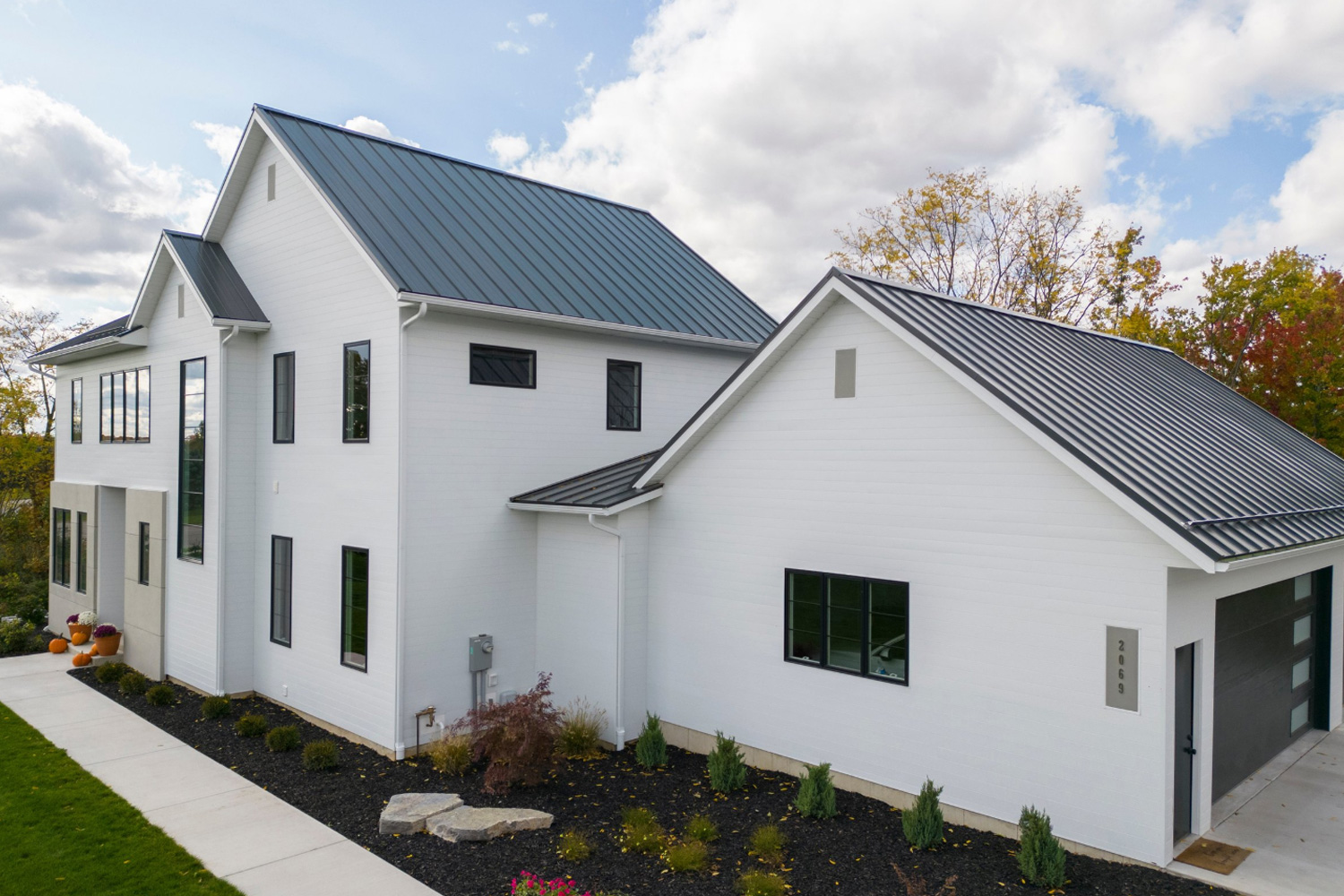
Common Homeowner Questions Contractors Should Expect
“Can I paint steel siding?”
Yes, but field painting often voids warranties and won’t last like factory finishes. Recommend pre-finished steel siding instead.
“How does steel handle storms and hail?”
Steel siding is impact-resistant, with stronger dent performance than vinyl or aluminum.
“Will it rust?”
Modern coatings and finishes protect steel siding against rust and corrosion, even in humid or coastal climates.
“Is it sustainable?”
Yes—steel is 100% recyclable and often made with recycled content, making it one of the most eco-friendly siding choices.
Helping Homeowners Choose with Confidence
Contractors and architects play a critical role in guiding clients through siding choices. Steel siding gives you a material you can stand behind, offering:
- Strength and reliability in any climate.
- Design versatility to fit a wide range of home styles.
- Lower maintenance for happier homeowners.
- Warranty-backed confidence to support your reputation.
When you recommend steel siding, you’re not just selling a product—you’re delivering peace of mind for your clients and a long-term benefit to your business.
How to Position Steel Siding to Clients
When discussing siding with homeowners, frame steel siding around:
- Style: Wide range of modern and traditional profiles.
- Strength: Decades of protection against weather and wear.
- Value: Lower lifecycle costs compared to alternatives.
- Peace of mind: 50-year warranties backed by trusted manufacturers.
Architects can highlight steel’s design versatility, while contractors can stress efficiency, fewer callbacks, and long-term satisfaction.
Sustainability and Market Advantage
Sustainability is increasingly a factor in client decisions. By recommending recyclable steel siding that lasts decades, contractors and architects position themselves as forward-thinking professionals—an advantage when bidding against competitors still pushing short-term materials.
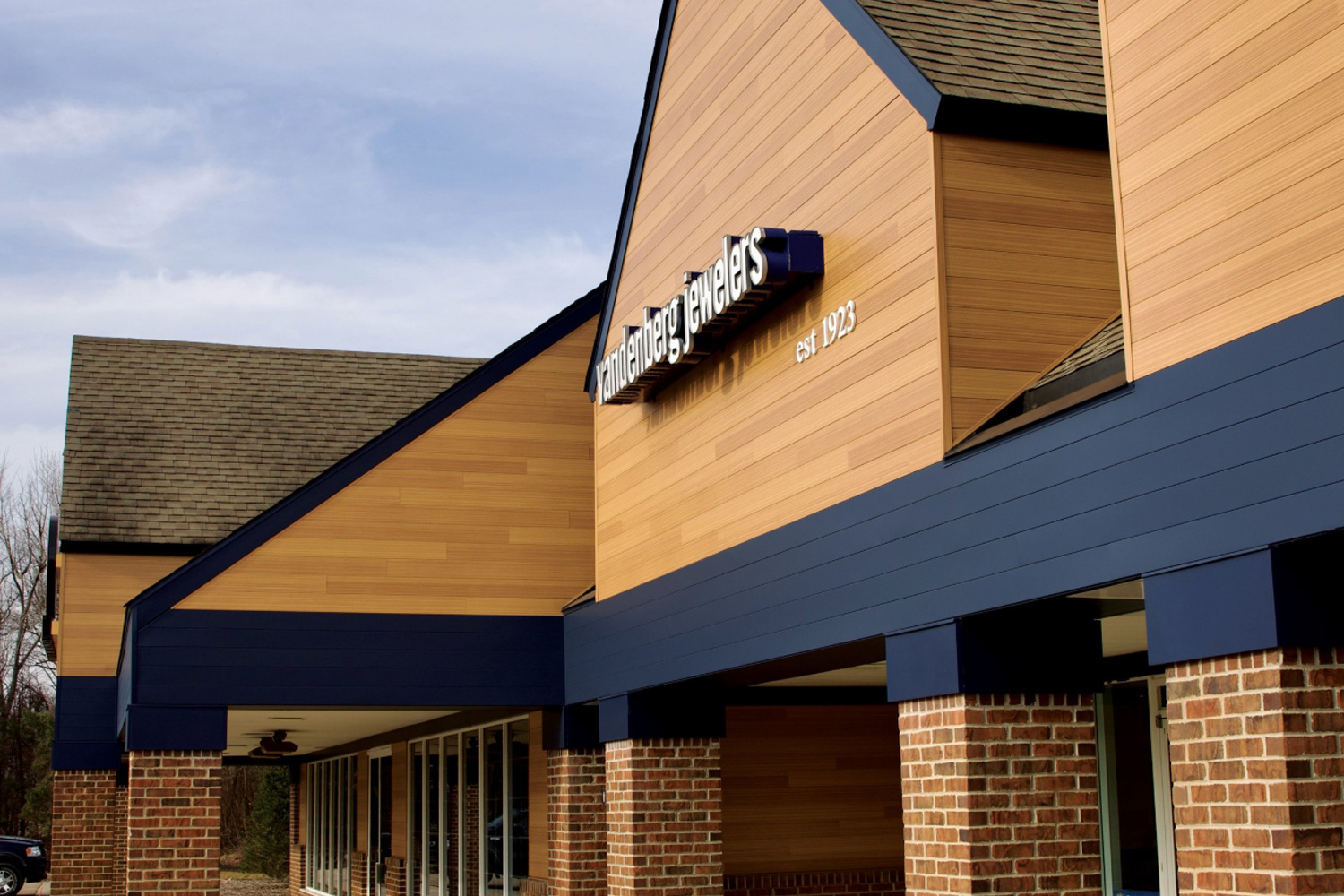
The Bottom Line: Steel Siding 101
Steel siding isn’t just another exterior option. It’s a professional solution that balances the homeowner’s desire for beauty with the builder’s need for performance.
- It lasts longer than vinyl, fiber cement, or wood.
- It installs more consistently and safely on the jobsite.
- It reduces callbacks and homeowner maintenance frustrations.
- It provides warranties that build confidence in your projects.
For contractors and architects, recommending steel siding is more than selling a product—it’s delivering a system that strengthens your reputation and gives clients a home exterior they’ll love for decades.
